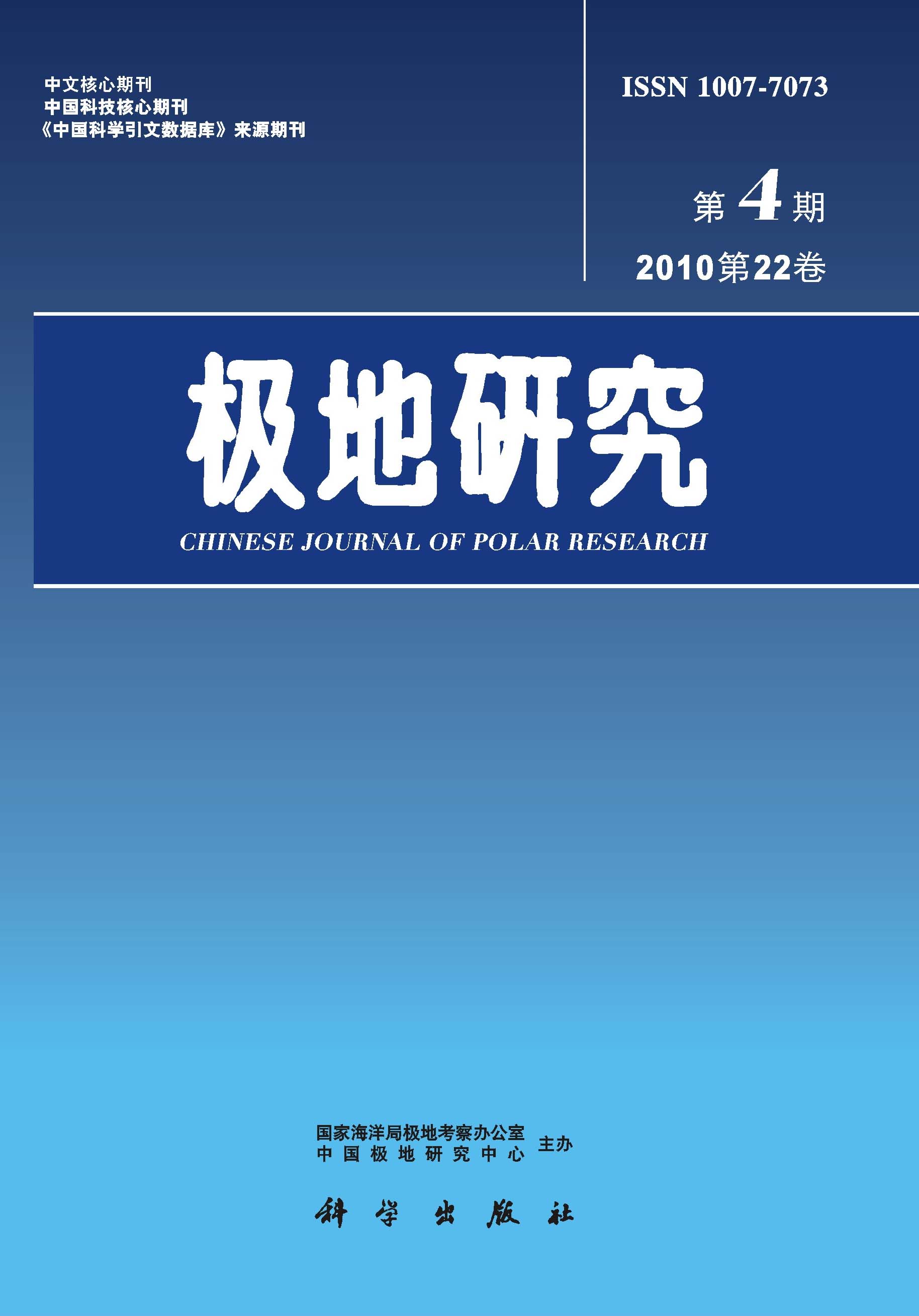Although it is cold and dry in permafrost region of Antarctica, chemical weathering and ion migration do occur. CaCO3 is leached downwards and deposited at a depth of about 1m in Great Wall Station area. Chemical weathering is stonger in the Great Wall Station area then in the Casey and Davis areas. This paper deals with the chemical weathering process of bed rocks in some areas of Antarctica. The samples were collected from the areas of the Great Wall Station of China by Xie Youyu and Zhan Qingsong in 1984 to 1986, Casey station by Xie Zichu in 1984 and the Davis station by Zhang Qingsong in 1980. We have known that types of weathering crust in different rareas by correlation analysis of the chemical elements, the characteristics of enrichemnt and migration of the elements in weathering process, the influence of grain size on element migration and clay minerals and the absorption of rare elements. (1) Great Wall Station area. According to the analysis of aggregation and dissemination of elements, it is known that some elements change from bottom upwards, such as the cation exchange capacity, which is a best indicator reflecting weathering intensity; contents of K, Na, Ca, and Mg all had dispersed during the weathering process, but Co, Ti, Fe and Mn are all concentrated upward. The content of CaCO3 is high at a certain depth. As mentioned above, an obvious differentiation of elements occurred in the weathering crust of volcanic andesite-basaltic agglomerate and tuff in this area. It appears that there is a stratified weathering crust type and can be named the carbonate-stratified weathering crust. (2) Davis Station Area. The distribution and migration of elements indicate that the chemical weathering process does occur in such a polar area, although it is rather weak and an initial stage, there is a tendency that the debris weathering crust is changing to the silica-alminium-chloride type. The weathering crust there can be termed the debris-carbonate type of weakly weathering crust. (3) Casey Station Area.There is no any secondary CACO3 in sediments and the weathering crust in Casey Station area. The content of soluble salt is also very low, 0.03 to 0.11% in salinity. It can be concluded that this area is still in an initial stage of weathering with a debris type of weathering crust.

